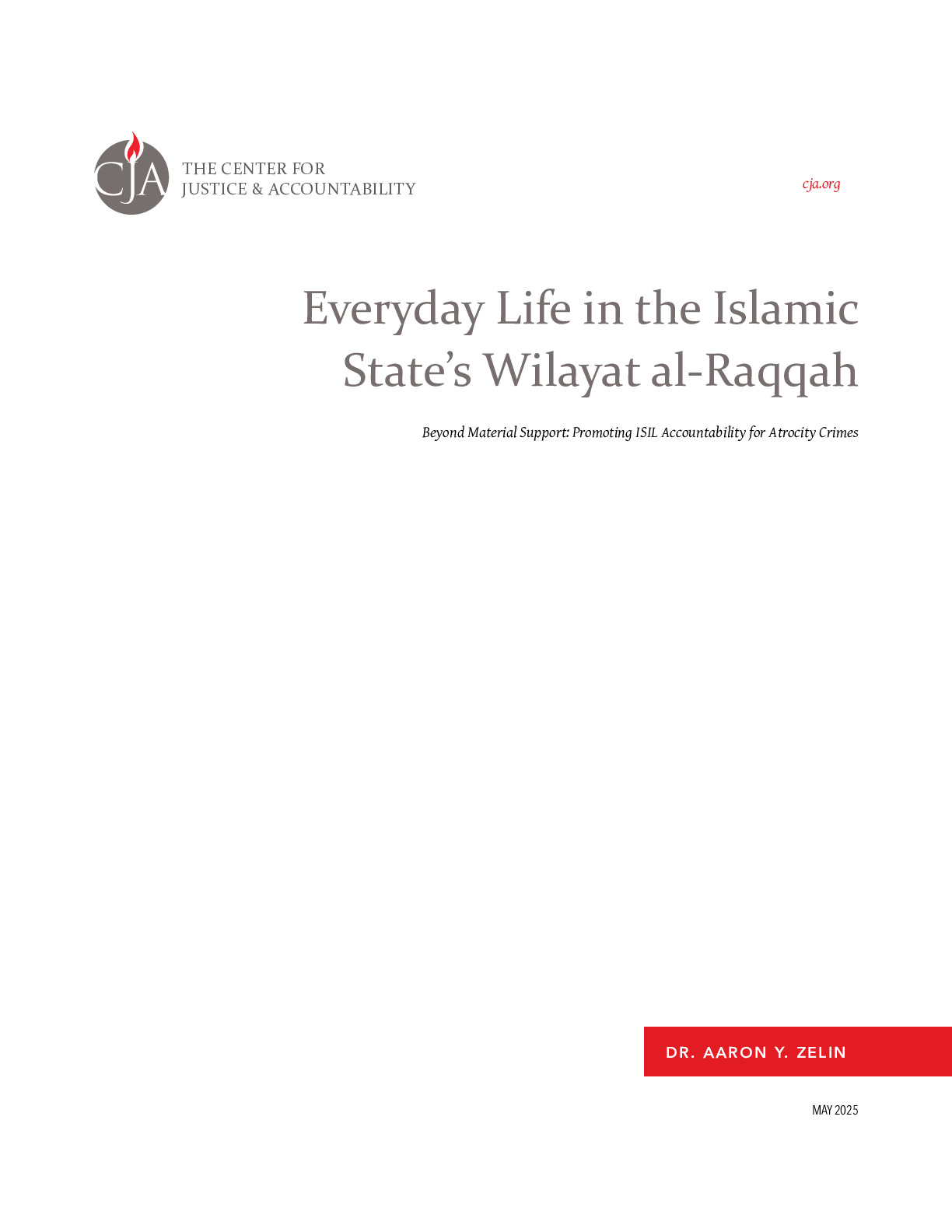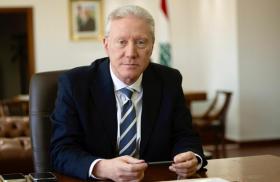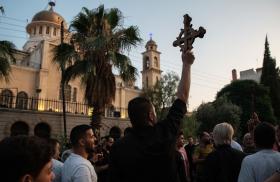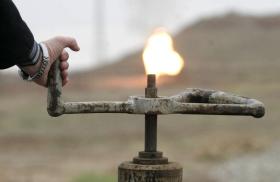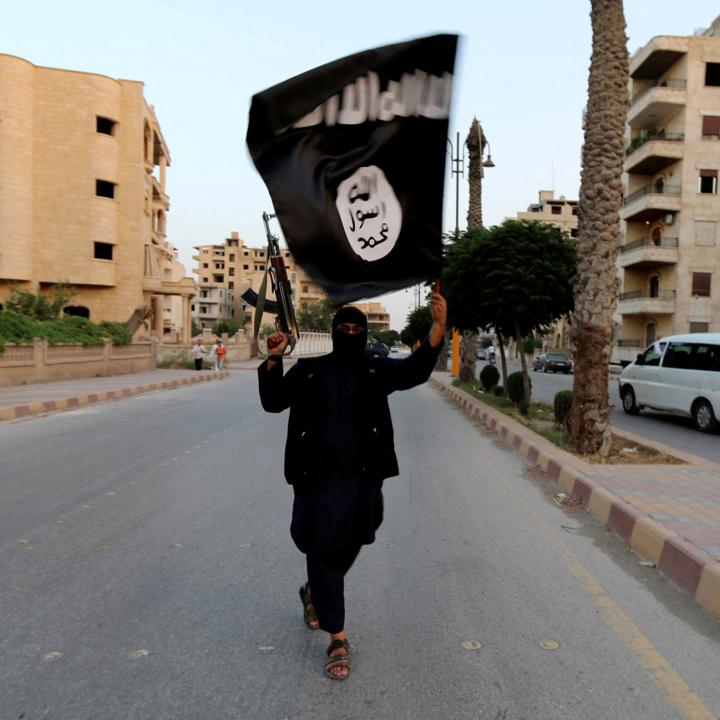
- Policy Analysis
- Articles & Op-Eds
Everyday Life in the Islamic State’s Wilayat al-Raqqah
Also published in Center for Justice & Accountability

An in-depth study of how the Islamic State’s administrative apparatus and activities in its Syrian “capital” affected local residents, and how it sought to instrumentalize the populace in a quest to sustain its wider international state-building project for the long term.
When the Islamic State of Iraq officially entered Syria in April 2013, renaming itself the Islamic State of Iraq and al-Sham (ISIS), it began the process of creating an alternative governance project in contradistinction not only to the Assad regime, but also to the other Syrian insurgent factions fighting the regime. Many of the ideas and administrative tools used by ISIS—and later its completed form, “The Islamic State” (IS) after June 2014—were first experimented with inside Syria before being exported to the IS governance project next door in Iraq. The center of IS activity in Syria was its base in the city of al-Raqqah and broader Wilayat al-Raqqah (al-Raqqah Province), which it first took over from an amalgamation of Syrian insurgent factions in the summer of 2013. Due to al-Raqqah’s centrality in the governance project, it became the most mature version of the IS governing model and the location of many of its tens of thousands of foreign fighters. This model was carbon-copied in varying degrees: first to its various internal provinces within Iraq and Syria, and later to its external provinces globally. This paper aims to gain an understanding of everyday life in Wilayat al-Raqqah, a topic that has been relatively underexplored in both academic and policy-making circles...
To read the full article, download the PDF on this page or visit the Center for Justice & Accountability website.

